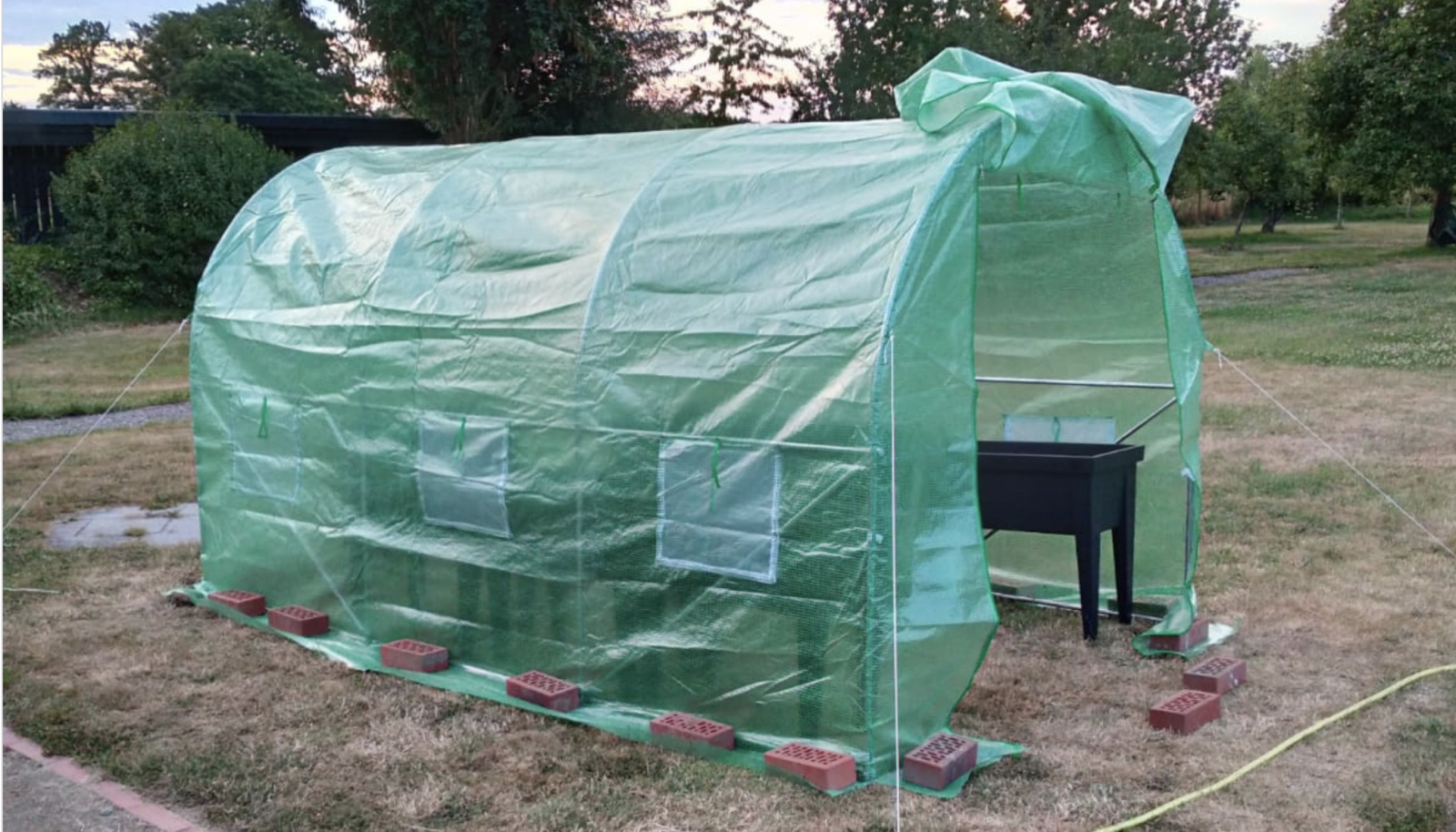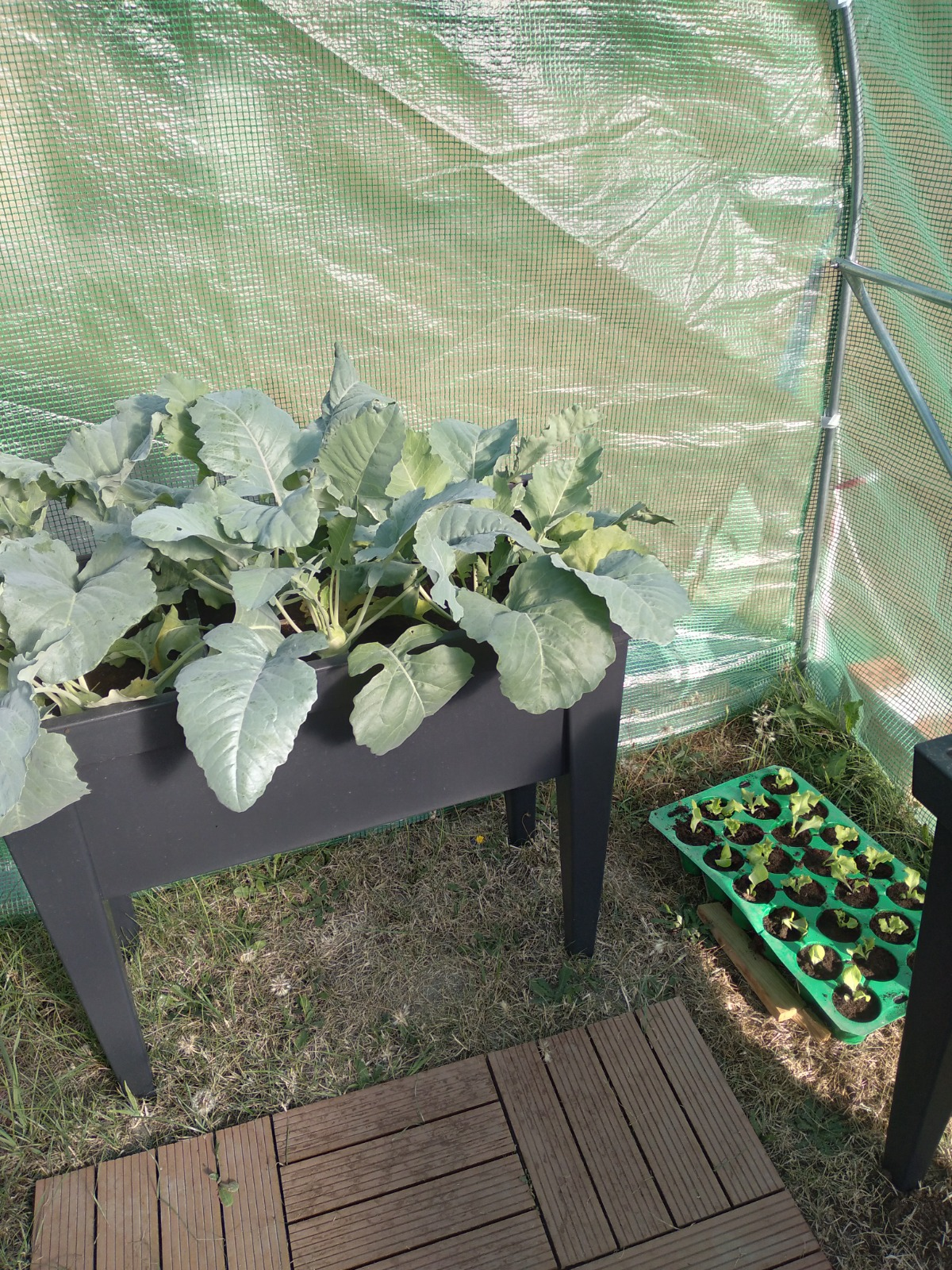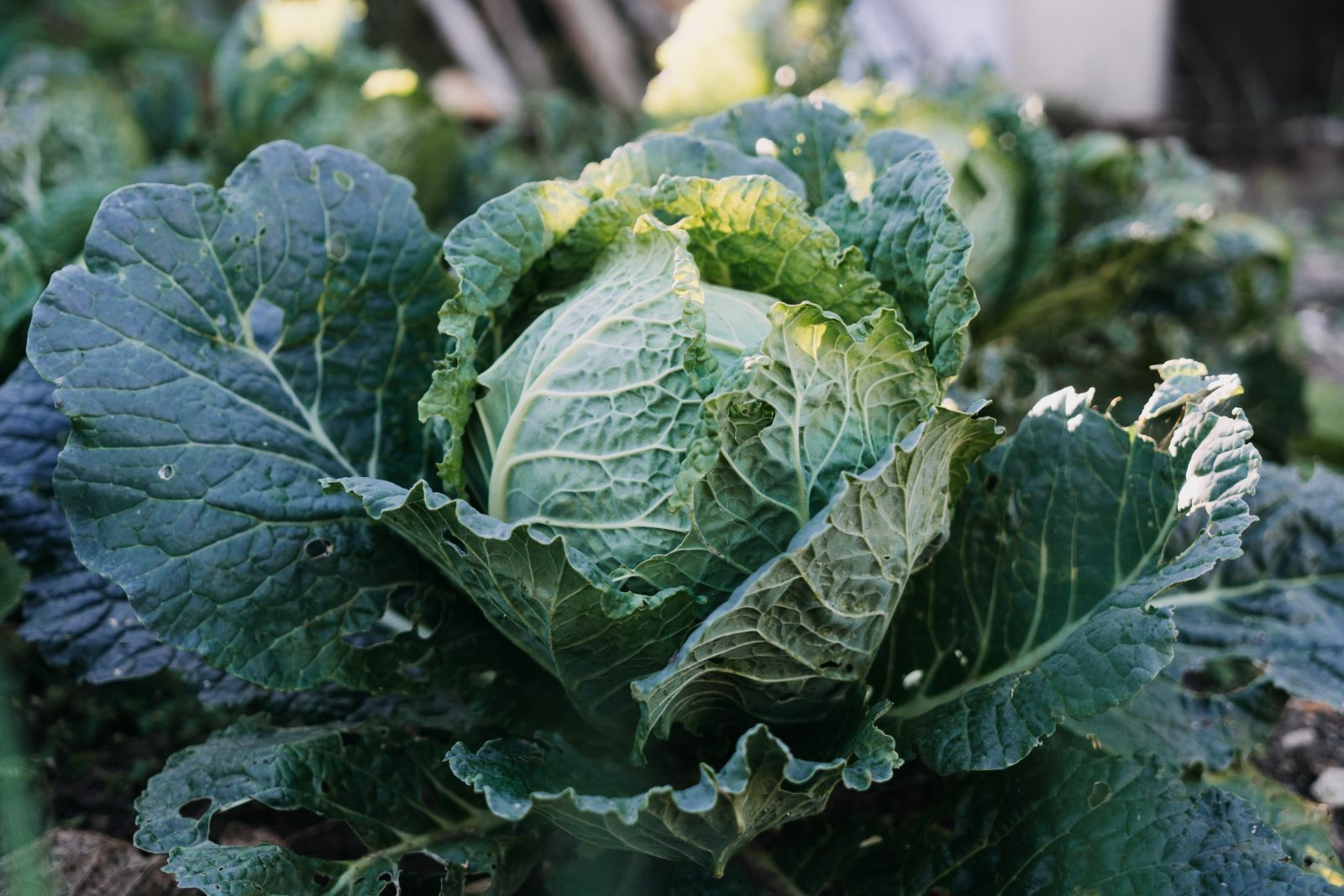Overwintering vegetables for an earlier harvest
Overwintering vegetables for an earlier harvest
As I have already written, in my youth the garden provided meals in all seasons. In summer and fall there was an abundance of produce and we had to make provisions for winter and spring. We stored food, mostly root vegetables, fruit and vegetables and white cabbage and beans in the "Döppe", as we say in the Rhineland. Freezers had not yet arrived and there were no vegetables from all over the world in the corner store. The winter vegetables, as written in the magazine of 24.06.2022, were sown in good time so that there was still something fresh on the plate in the winter months and early spring. But at some point, even this source dried up. Leeks and salsify began to blossom and the various types of cabbage were used up or had suffered so badly during the winter that they were no longer usable. It was a long time until the next harvest and it was almost impossible to grow them in advance, as greenhouses were not yet widespread and there was no suitable space for them in the home. In order to get the first fresh vegetables as early as possible, the idea of "overwintering vegetables" was born. Unlike winter vegetables, overwintering vegetables are sown with the aim of harvesting the following spring/early summer. Sowing is also somewhat later than for winter vegetables, at the end of August or beginning of September. The fruit to be harvested is not ready until the following year, unlike winter vegetables, which could already be harvested in the sowing year, but are hardy and therefore have an extended harvest period.
The advantages
- The plant starts growing again more quickly after winter dormancy due to a vegetative head start, which means that the "fruit" becomes good more quickly
- there are a few fewer "guests" to care for on the windowsills.
The disadvantages

- Not all species and varieties are hardy or suitable for overwintering
- even if the selected varieties have the required characteristics, it is not certain that they will survive the winter. The weather plays a decisive role. Most varieties can tolerate a light frost, but they don't really like bare frosts without protection from snow or fleece
- In addition, a number of wild animals enjoy the fresh green in early spring and prey on the plants.
What is suitable?
Spinach, lettuce, cabbage (Savoy cabbage and cauliflower), onions and garlic are generally suitable: Spinach, lettuce, cabbage (savoy cabbage and cauliflower), onions and garlic, but not all varieties of the species mentioned above are suitable. If you want to try overwintering vegetables, you should look for suitable varieties online or in the Fryd encyclopaedia. A lot has already been written in the community about successes with garlic that was planted the previous year.
What can go wrong?
- Sown too early/too warm for too long: the vegetables are already ripe/begin to flower
- Sown too late: the plants are too small and therefore do not survive the winter
- Simply unlucky with the weather
- The heads of cauliflower and savoy cabbage do not quite have the quality (firmness) of the autumn sowing.
Conclusion:

This year I'm going to try growing spinach and lettuce in my foil tunnel in the raised beds. Spinach is a good idea because, if things go well, you can harvest the leaves in the autumn and they sprout again in early spring. I won't be growing it outdoors because I'm too annoyed by the expected damage caused by wild animals. Maybe it will be a suggestion and alternative for one or two of you. Good luck and report back to the community on the results. Greetings Rolf
Photo by Vincent Erhart on Unsplash
